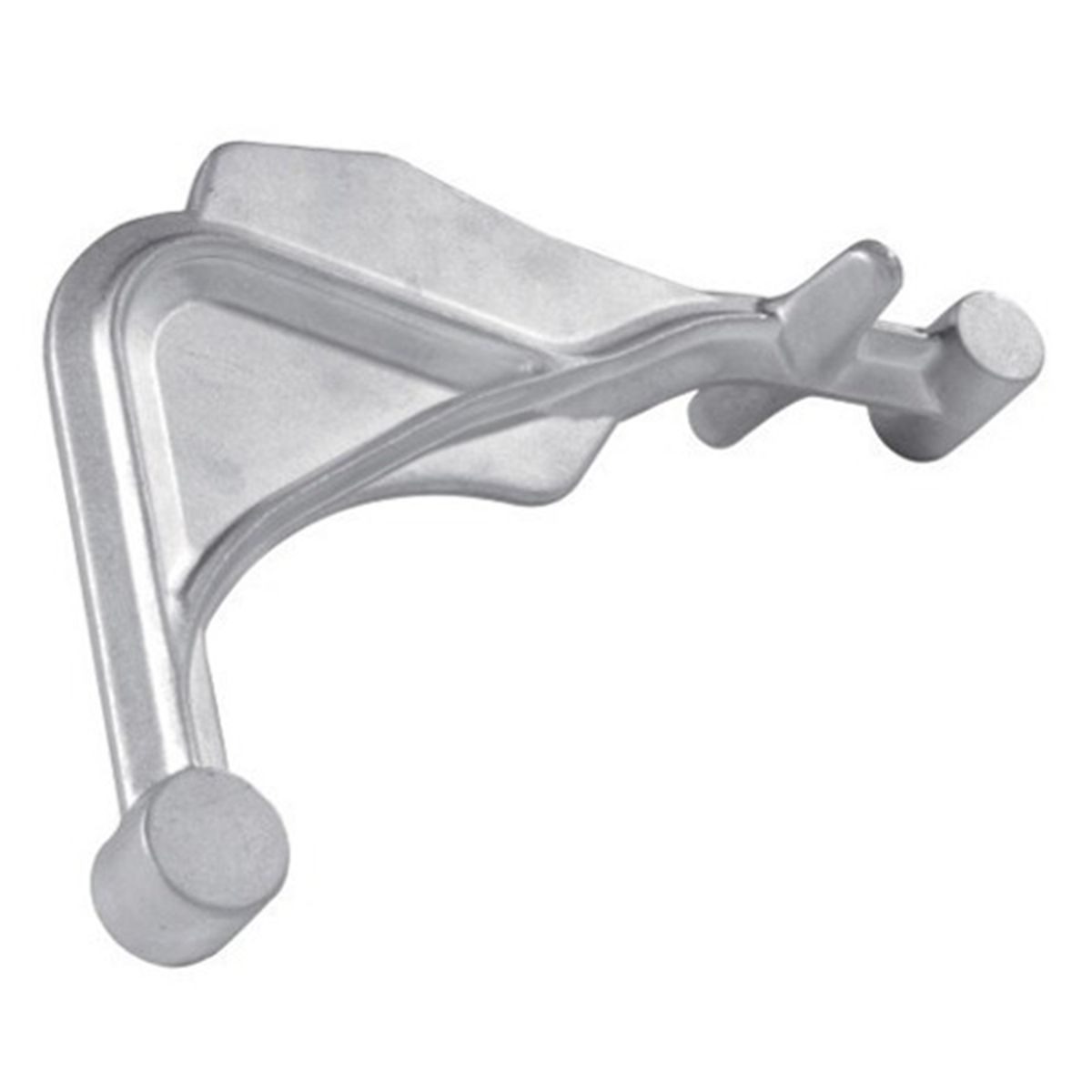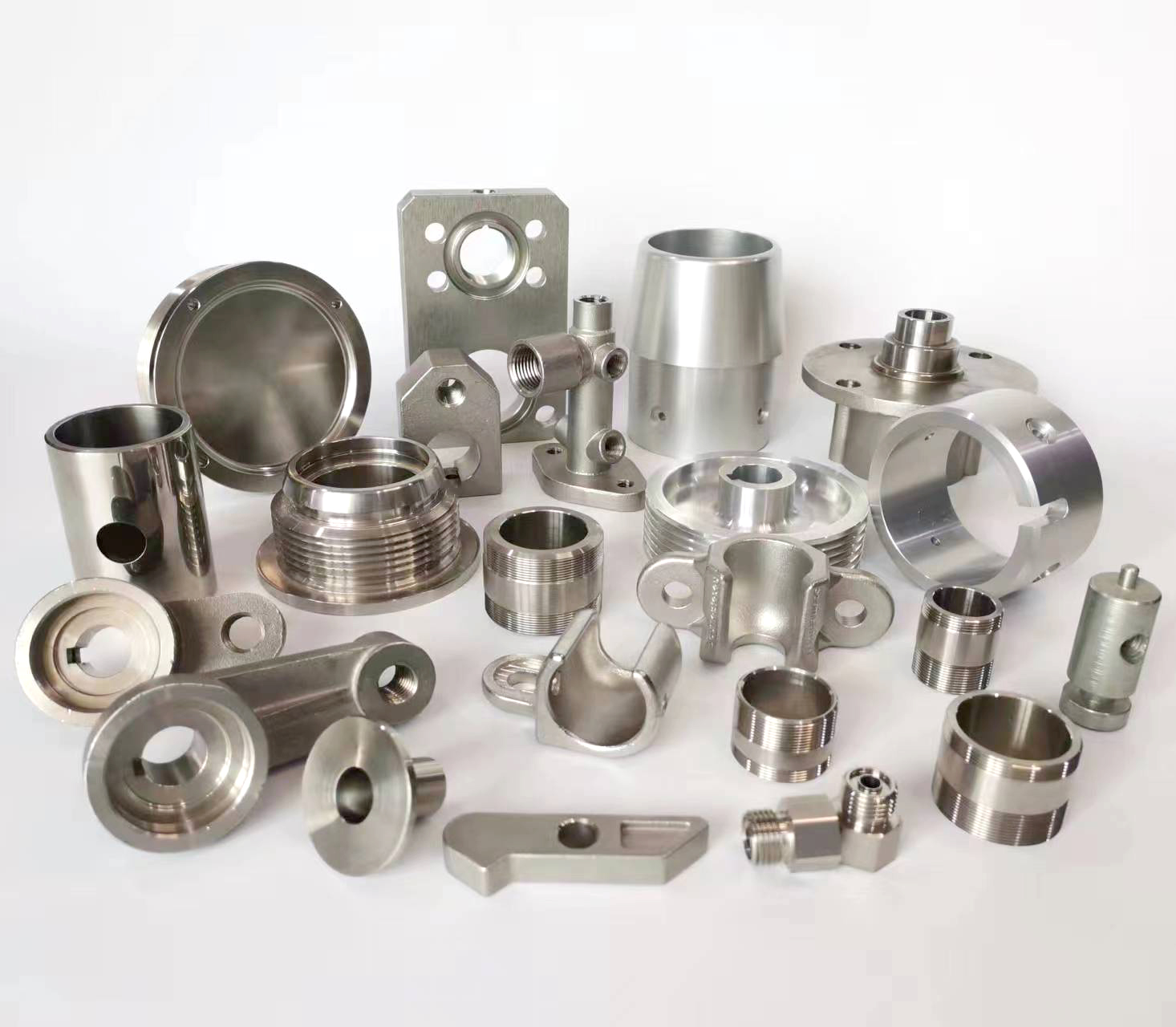This is a process where a heated billet is placed between shaped dies that contain the exact outline of the part. The metal fills the die cavity under pressure, and extra material flows out as flash, which is later trimmed off.
This process often involves three steps:
Edging: This step distributes the metal within the billet to prepare it for the mold.
Blocking: Here, the metal is formed into a shape that closely resembles the final part.
Final Impression: Presses the metal into the final shape with close tolerances.
Advantages
Near-net Shapes: This means the forged part comes out very close to its final size and form.
High Precision: The shaped dies control every detail, so parts come out with tight tolerances.
Repeatability: Once the dies are set, each forged part comes out nearly identical. Whether you’re making 100 or 10,000 units, the consistency stays the same.
High Strength: This makes the metal tougher and more resistant to cracks and impact.






